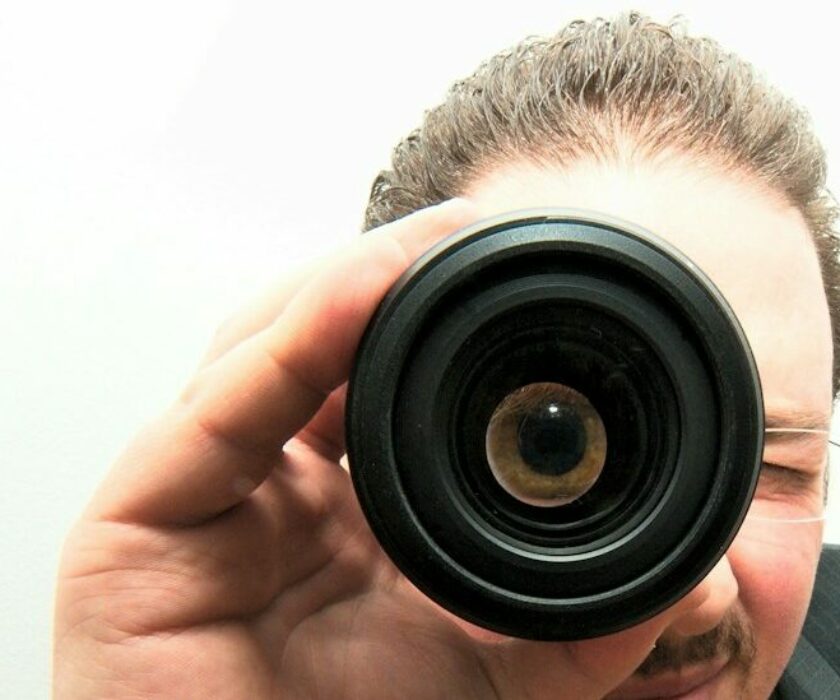Introduction
In the digital age, a well-designed website is crucial for any business looking to establish a strong online presence. Your website serves as the digital face of your business, and it’s often the first point of contact potential customers have with your brand. A visually appealing, functional, and user-friendly website can make a lasting impression, fostering trust and credibility. Conversely, a poorly designed site can deter visitors, reducing the chances of converting them into customers. This blog post will explore the basics of web design, its key elements, and why investing in professional web design services is essential for any business aiming to thrive online.
What is Web Design?
Web design is the process of creating the visual look and feel of a website. It encompasses various aspects including layout, color scheme, graphics, fonts, and overall user experience. At its core, web design is about crafting an engaging, intuitive, and efficient environment for users to interact with your content. This process involves both artistic and technical skills, blending creativity with functionality to produce a seamless and enjoyable user experience. Good web design goes beyond aesthetics; it ensures that a website is easy to navigate, fast-loading, and responsive across all devices, ultimately supporting your business goals and enhancing user satisfaction.
Layout
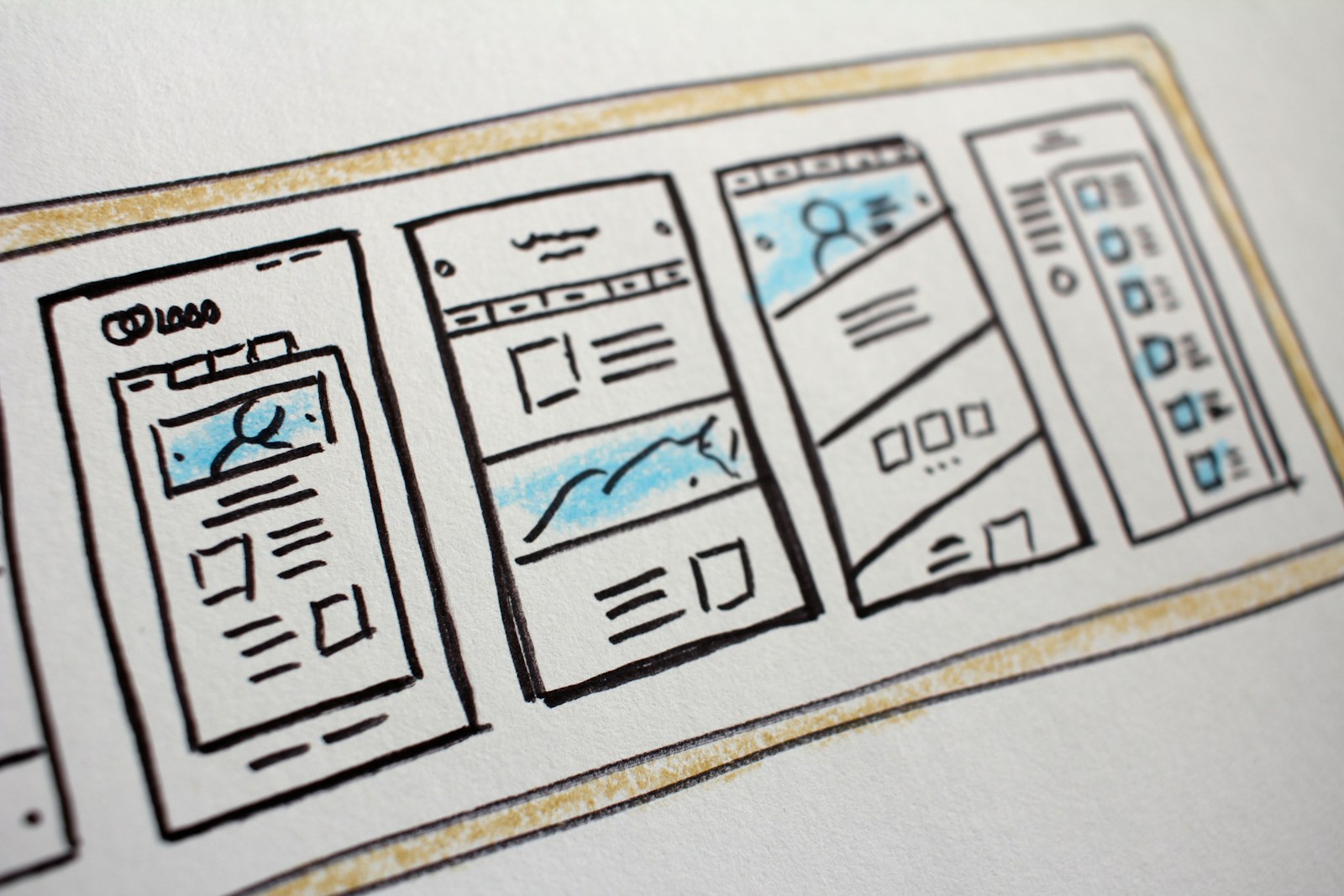
The layout is the arrangement of all visual elements on a web page. This includes headers, footers, navigation menus, content sections, and images. A good layout is intuitive and makes it easy for users to find the information they need. For example, placing the navigation menu at the top of the page and the content in a logical sequence helps users navigate the site effortlessly. A well-thought-out layout also guides users through the site, highlighting the most important information and encouraging specific actions, such as signing up for a newsletter or making a purchase.
Color Scheme

The color scheme involves the selection of colors used throughout the website. Colors can evoke emotions and convey brand identity. A well-chosen color scheme enhances the user experience and makes the site visually appealing. For instance, a calming blue palette might be suitable for a healthcare website, while a vibrant red could be used for a sports brand. Consistency in color usage helps in brand recognition and can influence user behavior, such as prompting them to click on a call-to-action button that stands out.
Typography
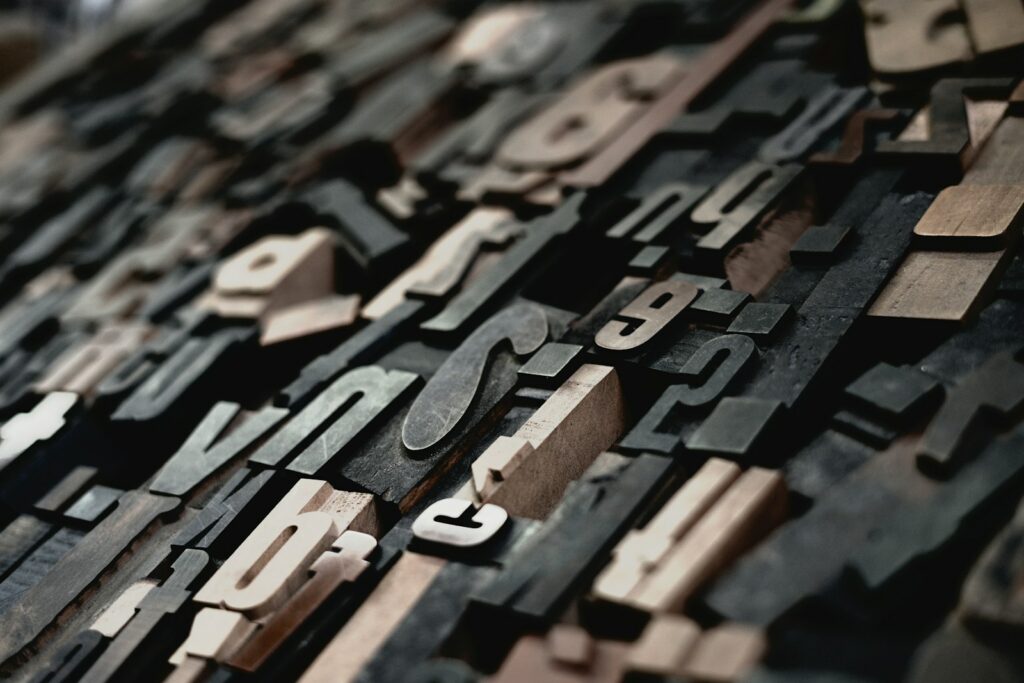
Typography refers to the fonts used on the website. Choosing the right fonts is crucial as it affects readability and the overall aesthetic of the site. Consistent and legible typography helps convey the brand’s message effectively. Different fonts can convey different tones—serif fonts often feel traditional and trustworthy, while sans-serif fonts tend to look modern and clean. The size, color, and spacing of text also play a role in how easy the content is to read and how the overall design feels.
Graphics and Images
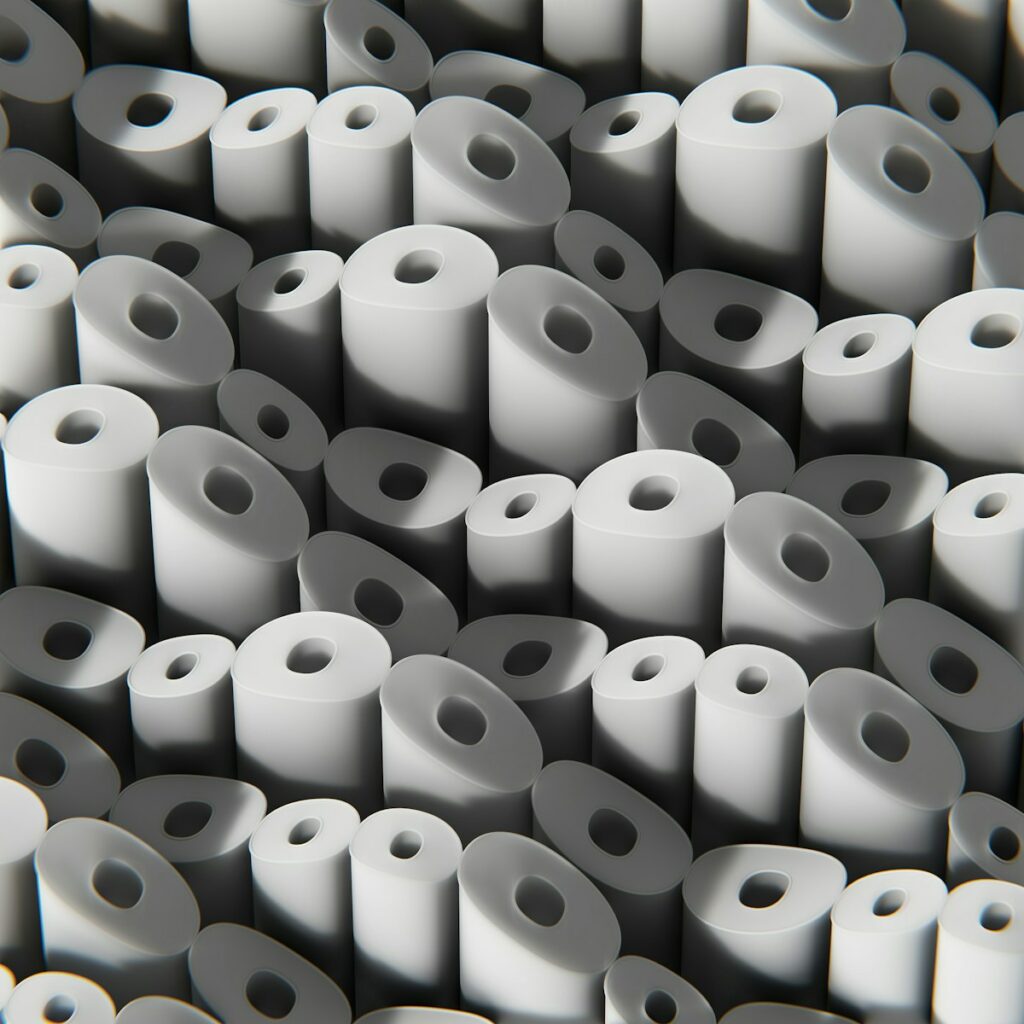
Graphics and images play a significant role in web design. They can be used to illustrate concepts, highlight products, or simply add visual interest. High-quality images and graphics make a site look professional and engaging. Images should be optimized for fast loading times and should be relevant to the content. Infographics can simplify complex information, while well-chosen photos can create an emotional connection with visitors. Consistency in style and quality of images supports the overall visual coherence of the site.
User Experience (UX)
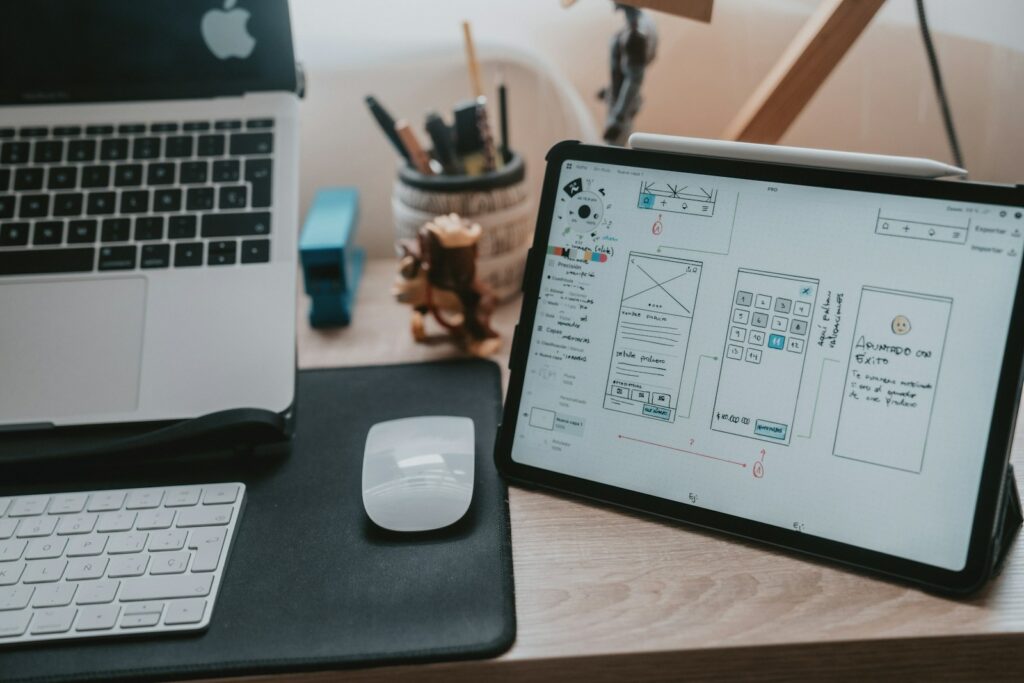
User experience is about how users interact with the website. It involves designing a site that is easy to navigate, loads quickly, and provides valuable content. A positive user experience keeps visitors on the site longer and encourages them to return. Key aspects include mobile responsiveness, which ensures the site looks good and functions well on all devices, and intuitive navigation, which makes it easy for users to find what they’re looking for. Additionally, interactive elements like forms, buttons, and links should work flawlessly.
Why is Web Design Important?
Web design is a crucial element in establishing your online presence and can significantly impact your business’s success. A well-designed website not only creates a positive first impression but also enhances user experience, improves search engine optimization (SEO), and supports your brand identity. It can set you apart from competitors, increase engagement, and ultimately drive conversions. Let’s delve into the specific reasons why web design matters so much for your business.
First Impressions Matter

Your website is often the first point of contact potential customers have with your business. A professionally designed website creates a positive first impression and builds trust with visitors. It shows that you are a credible and reliable business. Just as you wouldn’t greet clients in a messy office, your website should present your business in the best possible light. A polished, professional site can differentiate you from competitors who may have outdated or poorly designed sites, giving you an edge in attracting and retaining customers.
Improves SEO
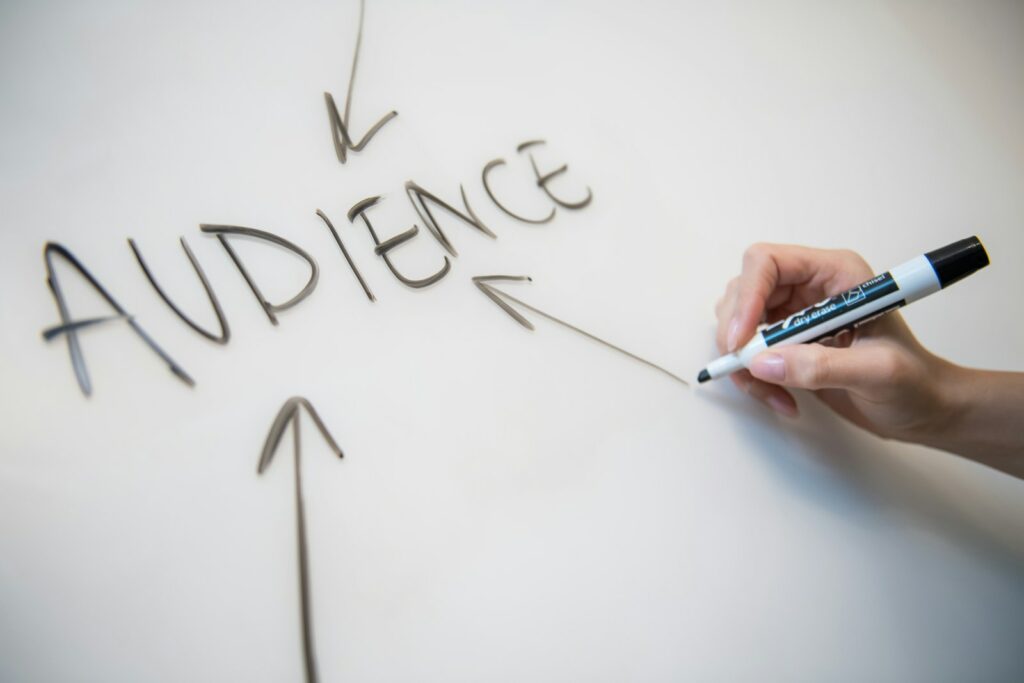
Web design affects your site’s search engine optimization (SEO). A well-designed website with clean code, fast loading times, and mobile responsiveness ranks higher in search engine results. This increases visibility and attracts more traffic to your site. Search engines like Google favor sites that offer a good user experience, and elements like structured data, meta tags, and alt text for images play a crucial role. A good design also encourages users to spend more time on the site, reducing bounce rates and further boosting SEO rankings.
Enhances User Engagement

A good web design keeps users engaged. By providing an intuitive navigation, compelling content, and a pleasant visual experience, you can keep visitors on your site longer. This increases the chances of converting visitors into customers. Features like interactive elements, engaging visuals, and clear calls to action guide users through the site and encourage them to take desired actions, such as filling out a contact form or making a purchase. Regularly updated content, like blogs and news sections, also keeps users returning to your site for new information.
Reflects Your Brand Identity
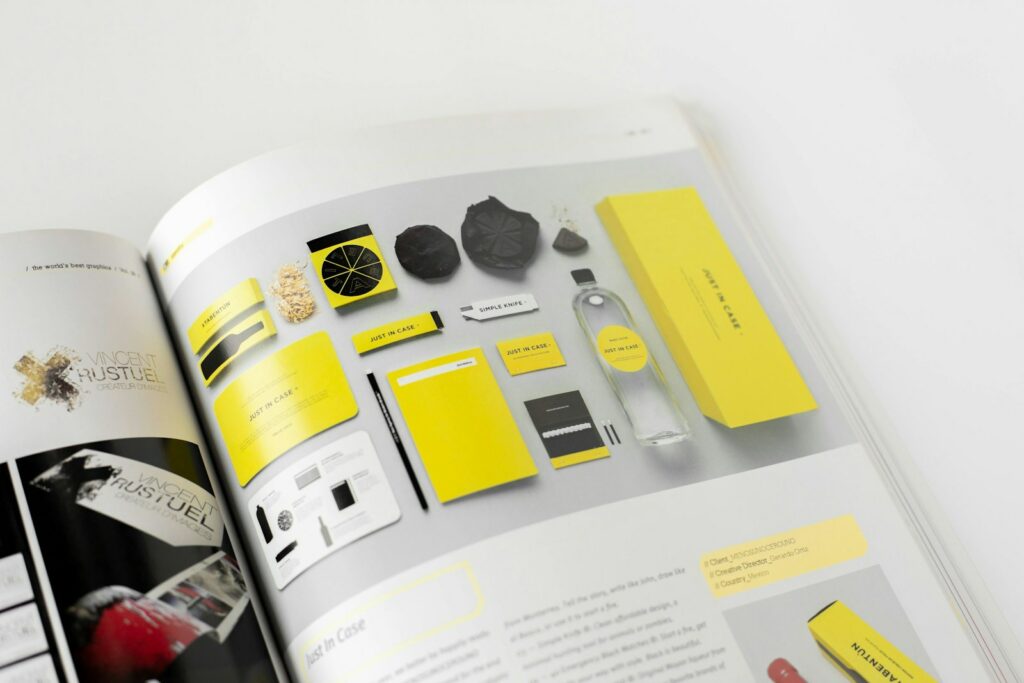
Your website should reflect your brand’s identity. Consistent use of colors, fonts, and imagery helps convey your brand’s message and values. A cohesive brand identity builds recognition and loyalty among your audience. Your website is an extension of your brand, and every element—from the logo to the footer—should reinforce your brand’s story and ethos. A strong, consistent brand presence online can significantly enhance your reputation and help establish a deeper connection with your audience.
Competitive Advantage

In today’s competitive market, having a professionally designed website gives you an edge over competitors. It shows that you are committed to providing a high-quality experience for your customers, which can set you apart from businesses with outdated or poorly designed websites. A modern, user-friendly site can attract more visitors, convert them into customers, and ultimately lead to increased sales and customer loyalty. By staying ahead of design trends and continuously improving your site, you can maintain this competitive advantage.
Why Hire a Professional Web Designer?
While there are DIY web design tools available, hiring a professional web designer offers numerous benefits. A professional web designer brings expertise, creativity, and technical know-how to the table, ensuring your website not only looks great but also performs optimally. They stay updated with the latest design trends and technologies, providing you with a modern and competitive edge. Professional designers can create customized solutions tailored to your unique business needs and brand identity, setting you apart from the competition. Moreover, they offer ongoing support and maintenance, keeping your site secure, up-to-date, and functioning smoothly, allowing you to focus on running your business without worrying about technical details.
Expertise and Experience

Professional web designers have the skills and experience to create a high-quality website. They stay updated with the latest design trends and technologies, ensuring that your site is modern and effective. Their expertise means they can create a site that not only looks great but also performs well, providing an optimal user experience. Professionals can also foresee potential issues and address them proactively, saving you time and money in the long run.
Customized Design

A professional web designer can create a custom design tailored to your specific needs and goals. They can incorporate your brand’s unique elements and create a site that stands out from the competition. Unlike template-based sites, a custom design is flexible and scalable, allowing for future growth and changes. A unique design can better convey your brand’s personality and values, making a stronger impression on your visitors.
Saves Time and Effort
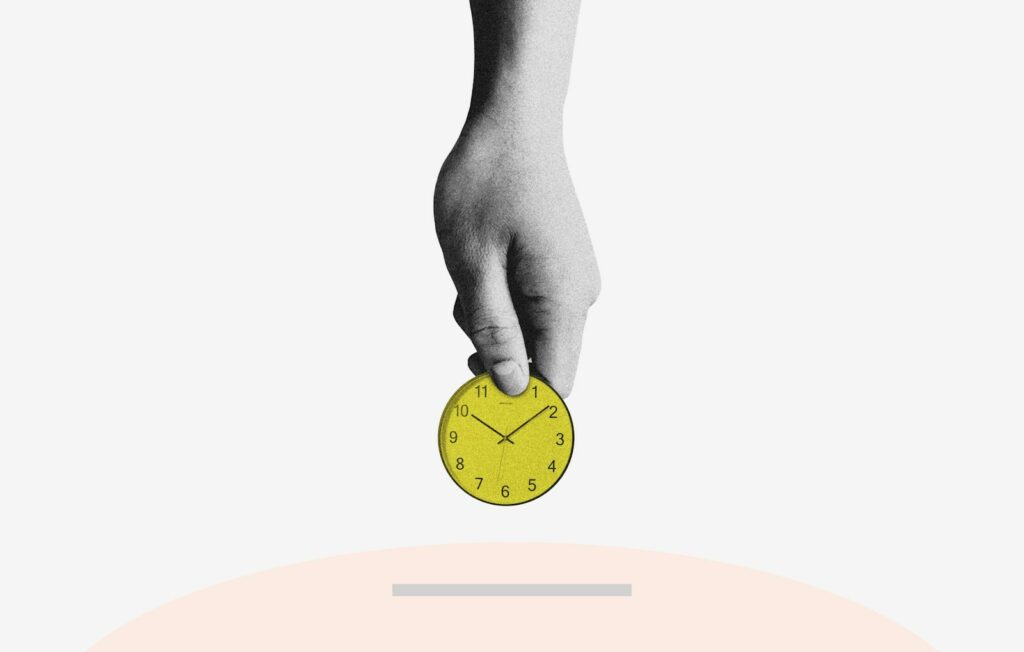
Designing a website takes time and effort. By hiring a professional, you can focus on running your business while they handle the design process. This ensures that your site is completed efficiently and to a high standard. Professionals can streamline the design and development process, often delivering a fully functional site in a fraction of the time it would take a novice. Additionally, they can handle the technical aspects, such as hosting and maintenance, giving you peace of mind.
Ongoing Support

Many professional web designers offer ongoing support and maintenance services. This means that any issues can be quickly resolved, and your site can be updated as needed to keep it running smoothly. Regular maintenance is crucial to keep your site secure, fix any bugs, and ensure it remains compatible with new browsers and devices. With professional support, you can continuously improve your site’s performance and user experience, adapting to changes in technology and user expectations.
Conclusion
Web design is a critical component of building a successful online presence. It involves more than just creating a visually appealing site; it’s about ensuring that the site is functional, user-friendly, and reflective of your brand. By investing in professional web design services, you can create a strong first impression, improve SEO, enhance user engagement, and gain a competitive advantage. If you’re ready to take your website to the next level, consider working with a professional web designer to achieve the best results.
If you’re interested in learning more about web design or need a professionally designed website for your business, contact Jweda Labs for a free consultation. Our team of experienced designers can help create a website that meets your needs and exceeds your expectations. Visit our portfolio to see examples of our work, and contact us today to get started.

